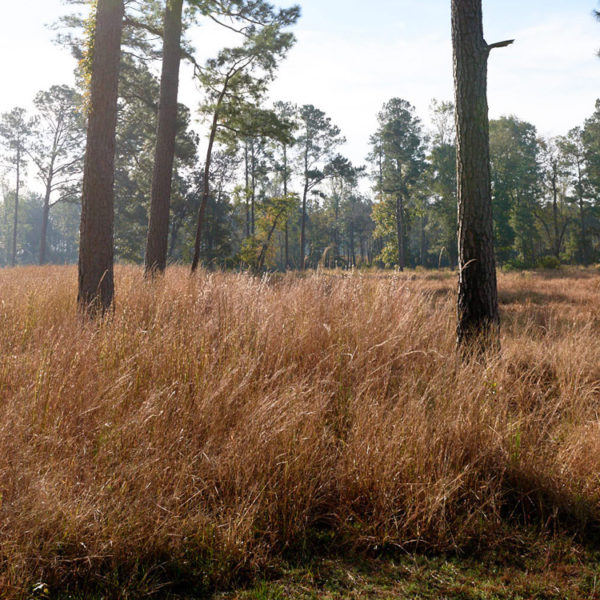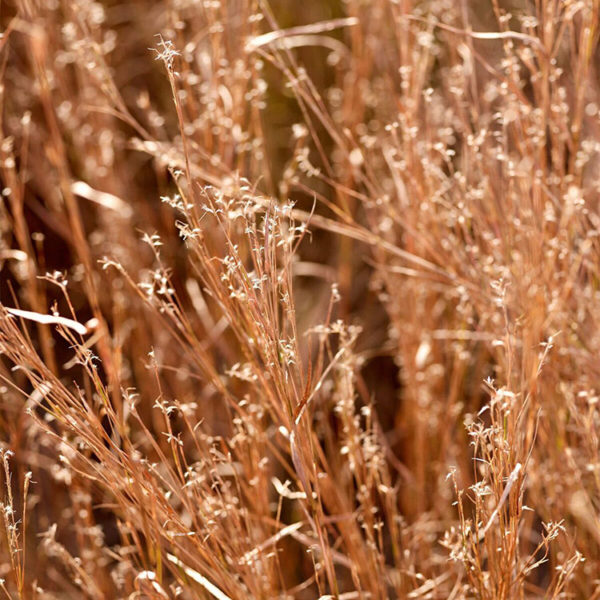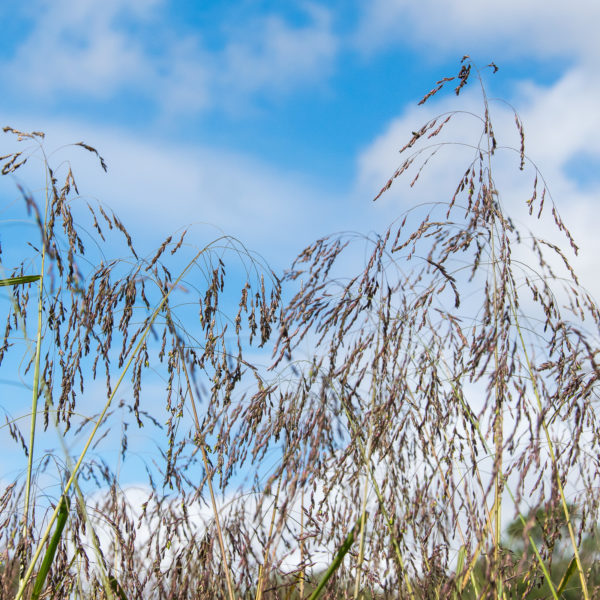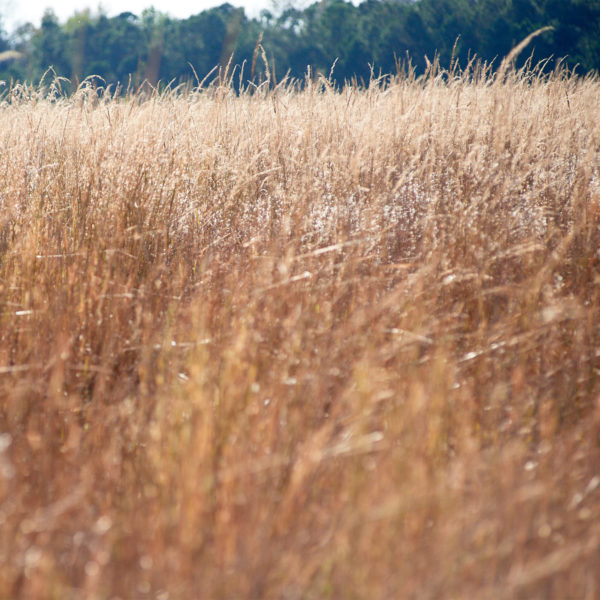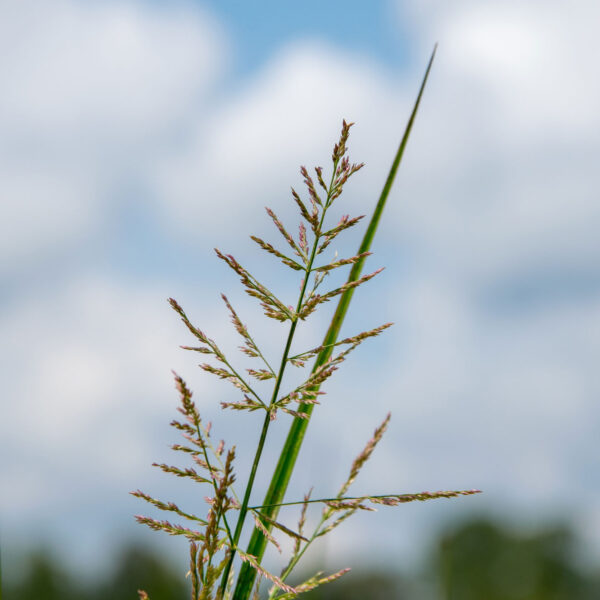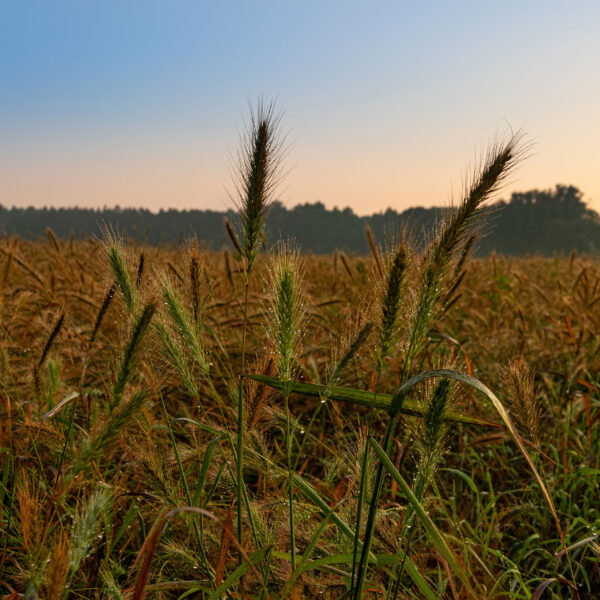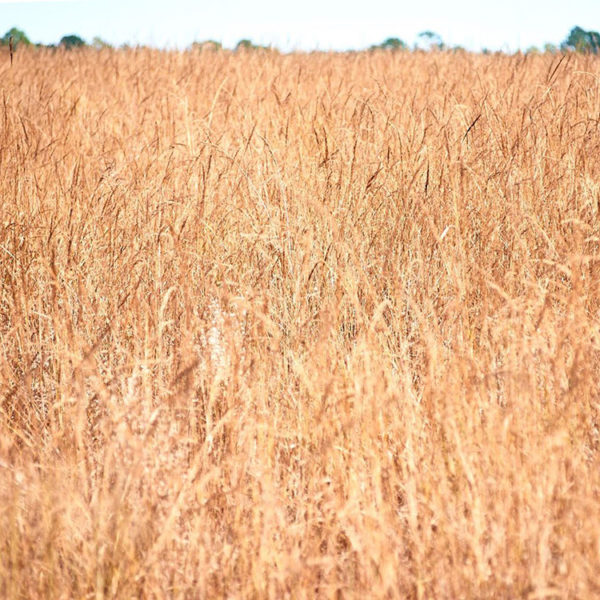Native Grasses
When European settlers arrived in North America they found open canopy forests and prairies with a groundcover of native grasses and wildflowers. The results of frequent fires, both natural and ignited by Native Americans. Today native grasslands have largely been replaced by croplands, dense forests, developments, and pasture and hay land dominated by exotic grasses.
Warm season native grass and wildflower dominated habitats are important to the restoration of wildlife, ranging from gamebirds and songbirds, to declining populations of beneficial insects and pollinators. Garrett Wildflower Seed Farm offers native grass and wildflowers that support these grassland dependent species by providing the food and shelter they need for survival. These varieties can be used alone or in mixes for large-scale restoration projects or on a smaller scale along field borders, meadows, or backyard prairies.
For a successful prairie restoration you should consider soil types, slope, previous crops, weed pressure, and existing vegetation. You will want to match native warm season grasses to the soil and soil moisture conditions.
Next will be removing existing vegetation with herbicides or tillage. Both practices can yield good results and decisions on this should be made only after decisions on seeding techniques have been made. No till, with specialized drills, generally works best to preserve soil structure and benefits of mycorrhizae.
For high, dry, sandy soils, Little Bluestem and Splitbeard bluestem may be best. For more fertile or organic soils with higher moisture, Indiangrass, Tridens, and Big Bluestem may be best.
Visit our Growing Guide page for tips and links to more information on establishing native grasses and grass wildflower mixes.
Showing all 7 results

